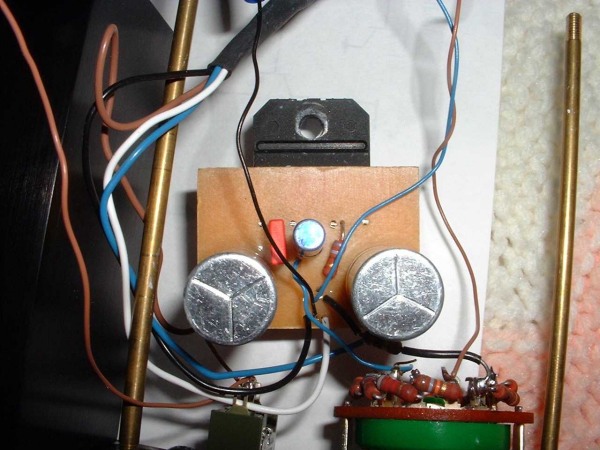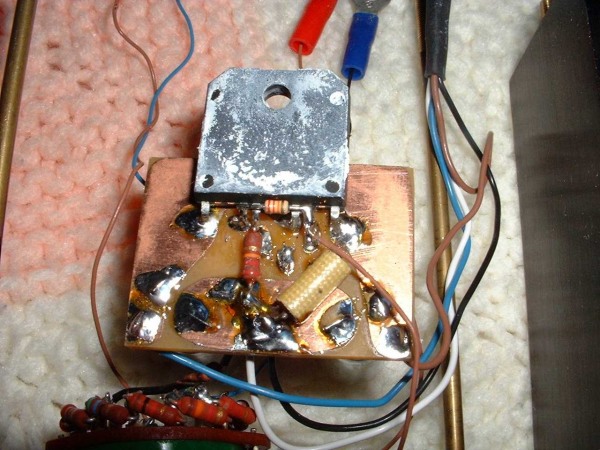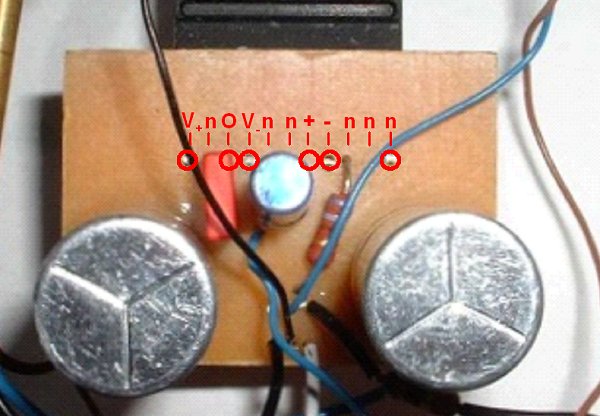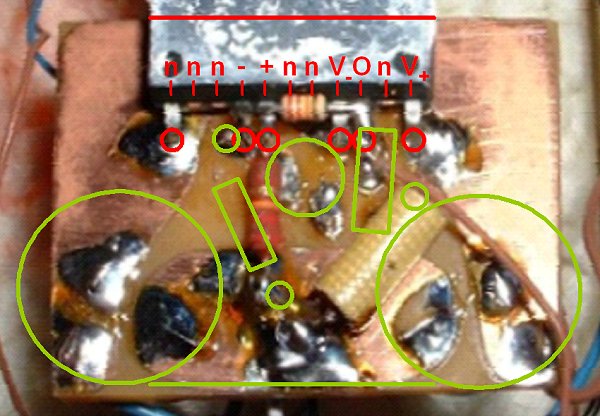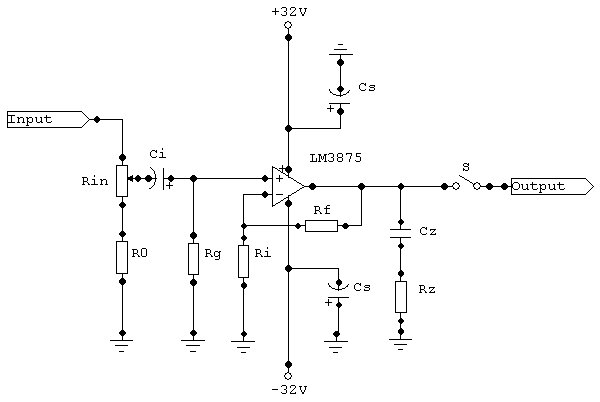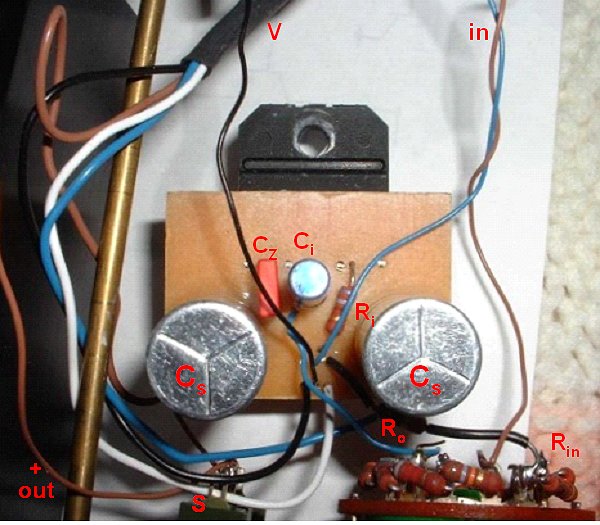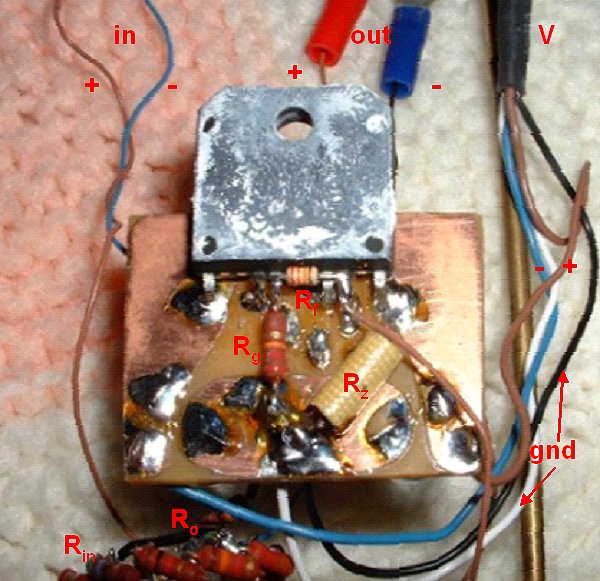|
In 2002 in a thread
in Audio Asylum some pictures were presented that were said to show
the inside of an original Gaincard. Shortly thereafter Yoshi Segoshi of
Sakura Systems responded, claiming that the photos were not of a 47 Labs
Gaincard and when asked to provide photos of the internals of a real Gaincard,
he refused to do so. Recently, some new images occurred in a 6moons
review of the Gaincard. These images showed a very similar board with
similar looking components and soldering style, similar cables and connectors
and a similar stepped attenuator. These pictures were officially provided
by the manufacturer. Comparing the old images with the new ones, I am
now quite convinced that the images shown on Audio Asylum were showing
the inside of the real Gaincard.
I carefully analyzed them in order to deduce the parts and schematic
used for the original Gaincard. Most probably this has been done by millions
of DIYers out there before, but I could not find the information in the
internet. Maybe my findings are interesting for others as well, so I present
them here. I am open for discussions, of course. If you don't agree with
my conclusions or want to add something, please contact me (m at dogbreath
dot de) ....
|
